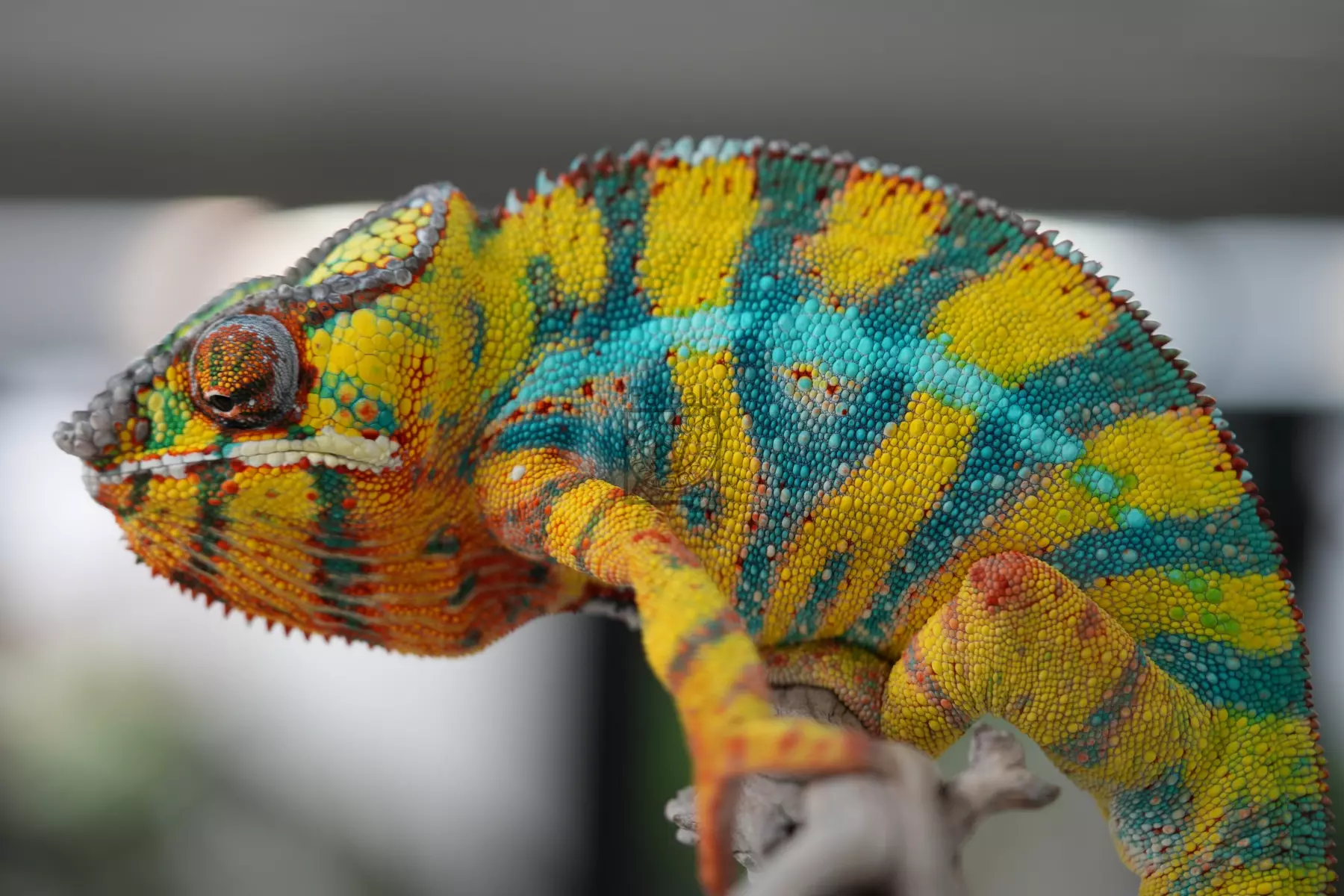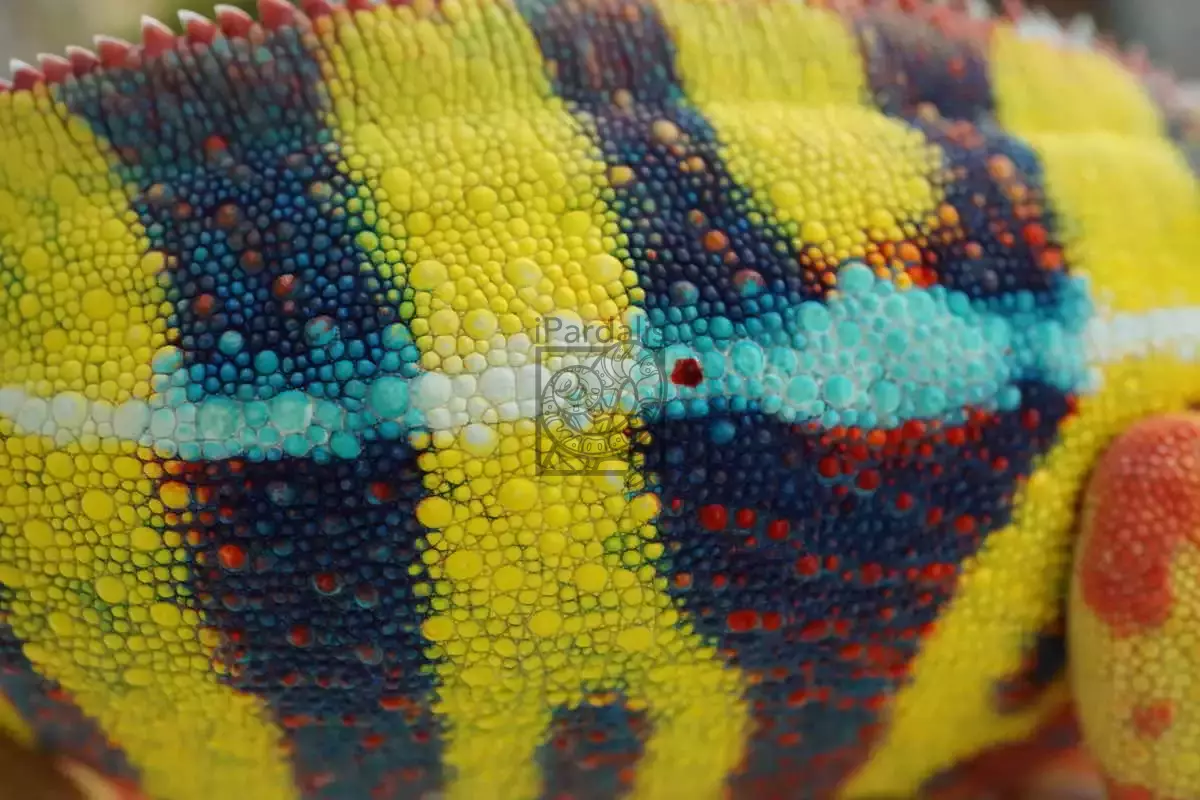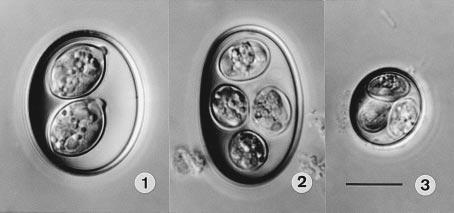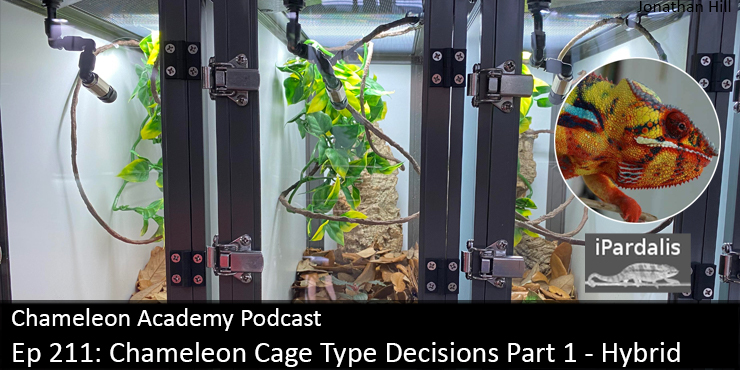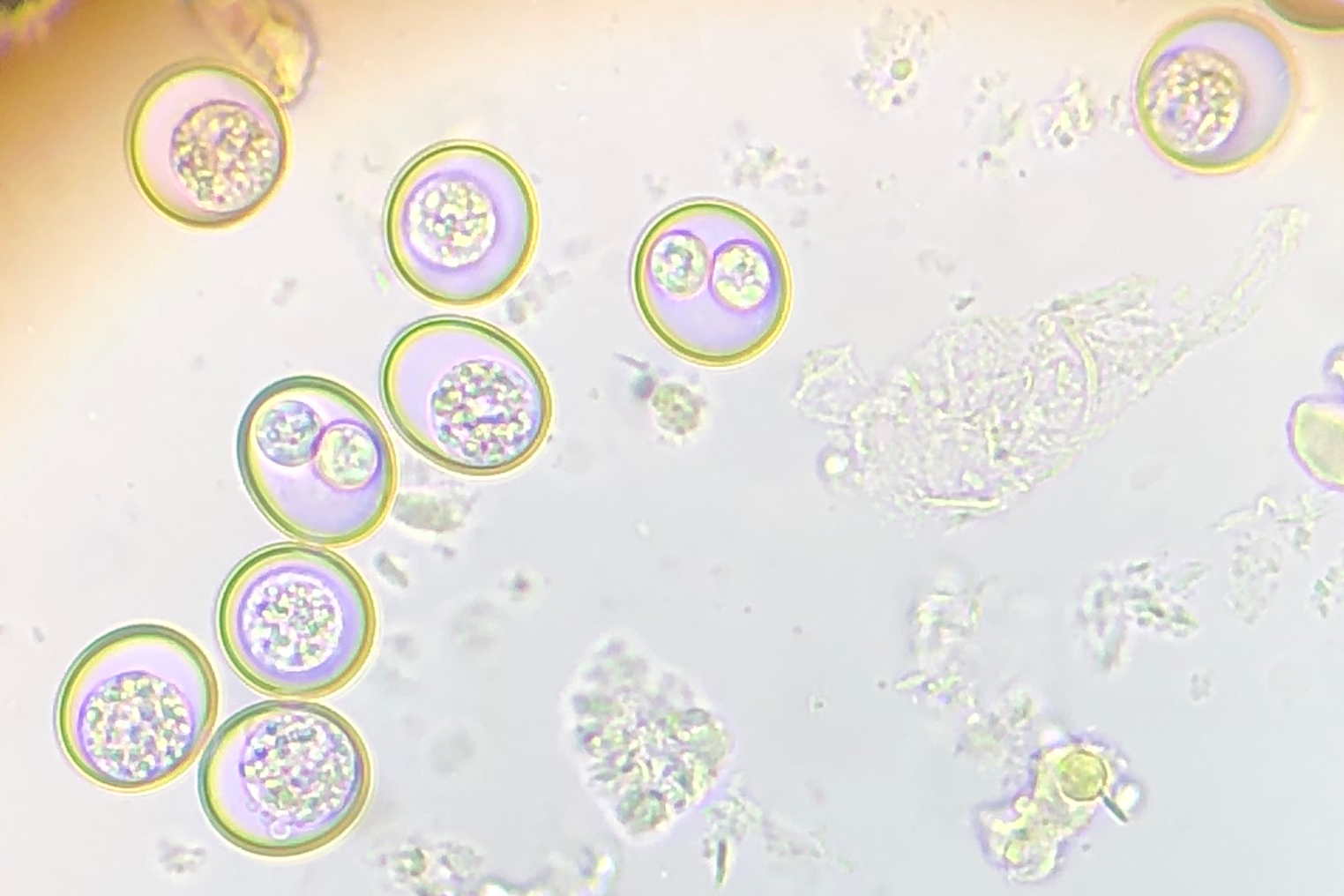Reptiles Magazine | Natural History, Breeding and Care for Panther Chameleons
iPardalis | Natural History, Breeding and Care for Panther Chameleons (Furcifer pardalis) We have been reading the Reptiles Magazine for over 30 years, so it was a bucket list achievement to finally get an opportunity to contribute an article to …

